Introduction
Where is Mount Everest: Piercing the clouds on the border of Nepal and China, stands Mount Everest, the Earth’s undisputed king of mountains. Mount Everest is the highest point on Earth. It stands as a monumental symbol of nature’s grandeur and human ambition. Located on the border between Nepal and Tibet, this gigantic, majestic peak holds an impressive elevation of 8,850 meters (29,035 feet). Everest’s precise location is 27°59’17” N and 86°55’31” E, on the border between the Solukhumbu District of Nepal and Tibet.
In the world of mountain climbing stories and natural wonders, Mount Everest captures the interest of adventurers and conservationists alike. Its tall presence shows the amazing beauty and challenges presented by Earth’s landscape. As we explore the fascinating history, geography, and conservation efforts surrounding this famous summit, we begin a journey that goes beyond just coordinates on a map, embracing the spirit of discovery and protection.
Table of Contents
History and Exploration of Mount Everest
Mount Everest and the Himalayan mountain range were formed millions of years ago by the movement of the Earth’s tectonic plates. This created the tall, beautiful mountains we see today.
For a long time, people were very interested in exploring Mount Everest because it is the tallest mountain in the world. Many explorers and climbers attempted to reach the summit, but it was an extremely difficult challenge.
In 1953, Edmund Hillary from New Zealand and Tenzing Norgay from Nepal finally made history by becoming the first people to climb all the way to the top of Mount Everest. This was an incredible accomplishment that captured people’s attention all over the world.
The bravery and efforts of the early explorers paved the way for others to continue trying to climb Everest after them. Their amazing journey to the summit inspires many climbers and adventurers even today to test themselves against the highest peak on Earth.
The answer to where is Mount Everest with the early exploration of Everest and the Himalayas is an important part of the mountain’s story. The first successful climb to the top in 1953 remains one of the greatest achievements in mountaineering history.
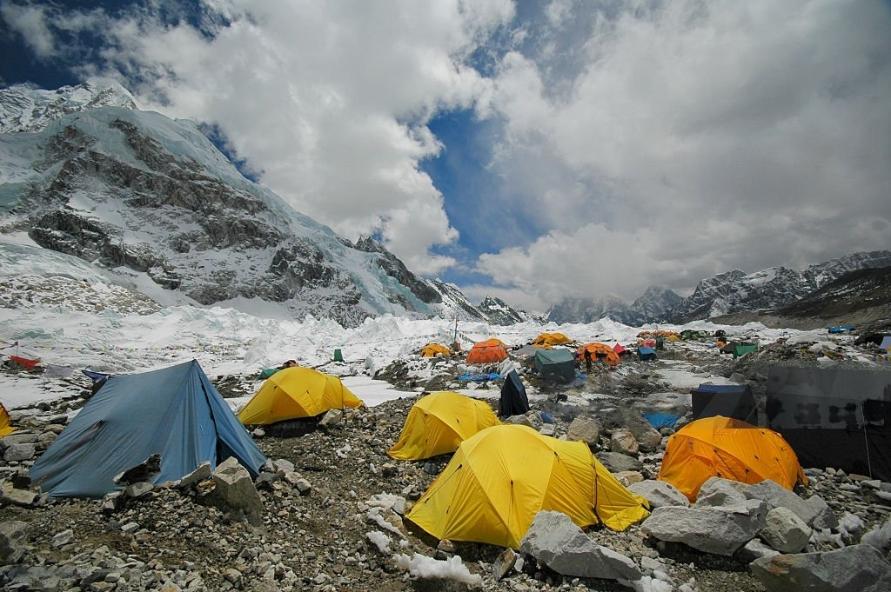
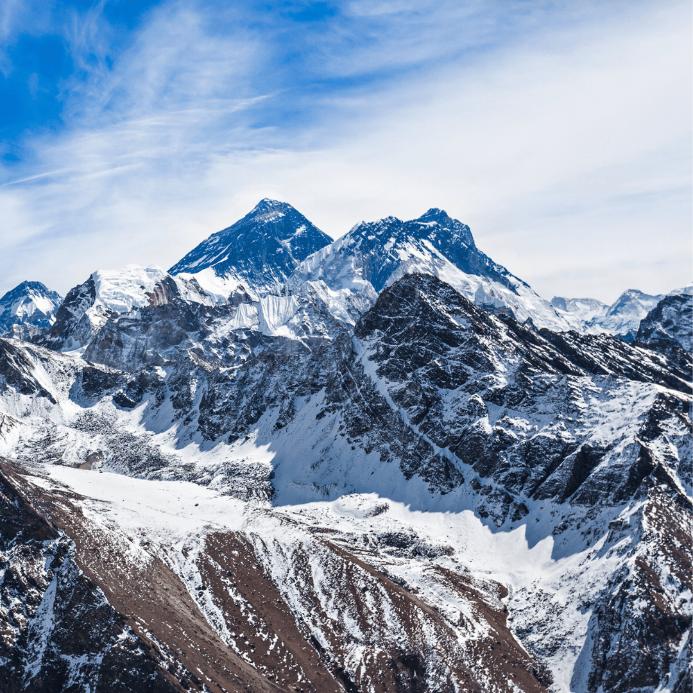
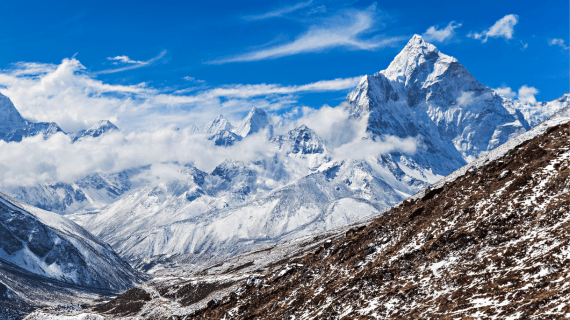
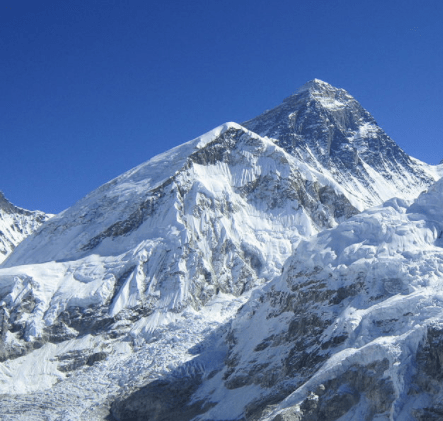
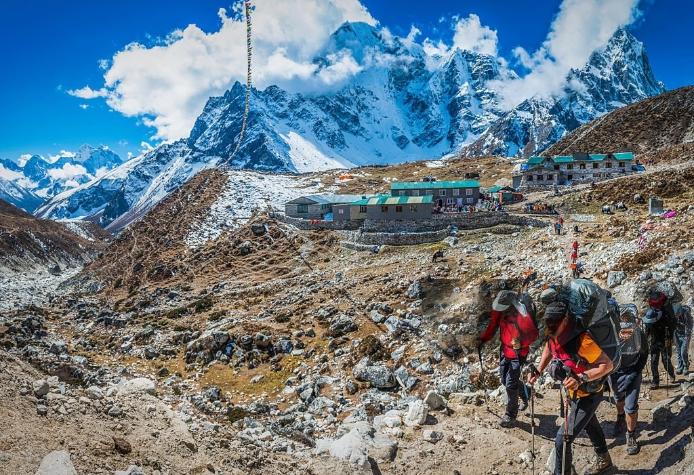
Location and Geography to understand where is Mount Everest
Mount Everest is located on the border between Nepal and Tibet, within the autonomous region of China. Its location in this unique region adds to its attraction and significance as a global landmark.
Border Between Nepal and Tibet
The answer to where is Mount Everest; it is positioned on the Nepal-Tibet border, giving it a dual identity with both countries sharing a stake in its history and preservation. The northern slope of the mountain lies in Tibet, which is an autonomous region of China, while the southern slope falls within the borders of Nepal. This geographical distinction has shaped the access routes taken by climbers from each side.
Glaciers and Drainage Pattern
One of the remarkable features of Mount Everest is its extensive coverage by glaciers. These frozen rivers of ice contribute to the mountain’s majestic appearance and play a crucial role in its ecosystem. Glaciers such as the Khumbu Glacier, Rongbuk Glacier, and Lhotse Glacier envelop Mount Everest, shaping its landscape and defining its drainage pattern.
The glaciers act as natural reservoirs, storing water from snowfall and releasing it gradually throughout the year. This steady flow of meltwater feeds into rivers and streams that originate from Mount Everest, contributing to the overall hydrological system of the region. The presence of these glaciers also influences weather patterns in the surrounding areas, creating microclimates that can impact climbing conditions.
Understanding the geography of Mount Everest, including its location on the border between Nepal and Tibet and the role played by glaciers in its drainage pattern, provides valuable insights into the mountain’s unique characteristics. It is these distinct geographical features that contribute to both its natural beauty and the challenges faced by those who venture to conquer its summit.
“The glaciers on Mount Everest are not only inspiring in their size but also vital for sustaining life downstream.”
Evans Harris (America)
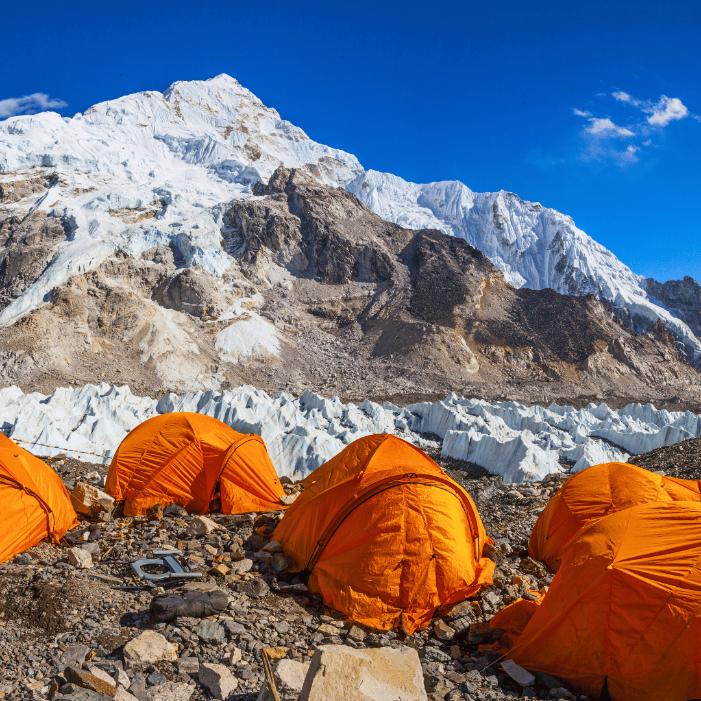
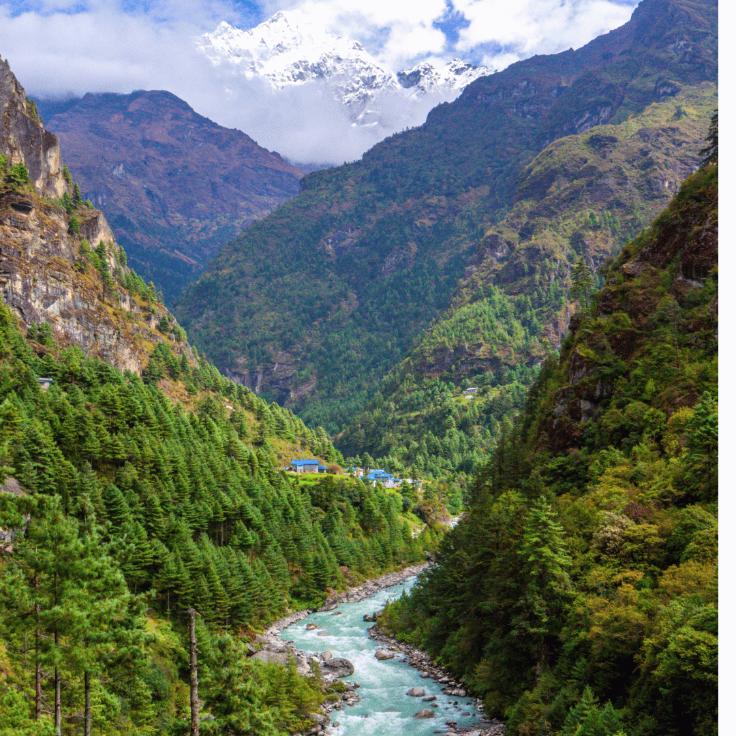
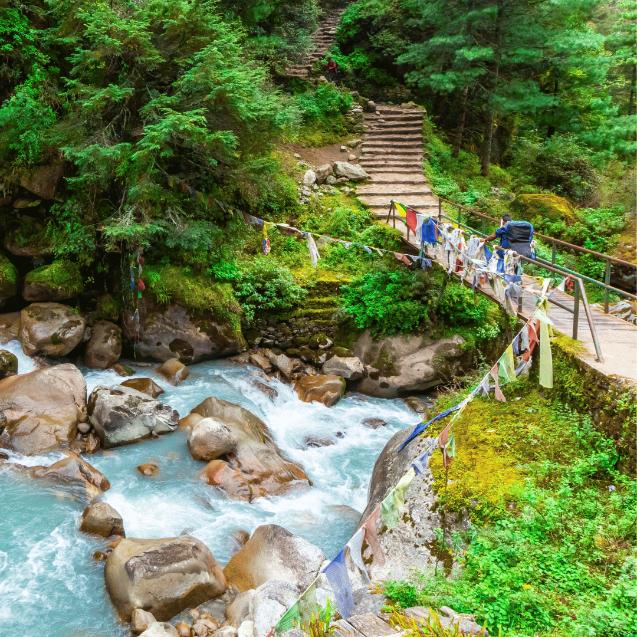
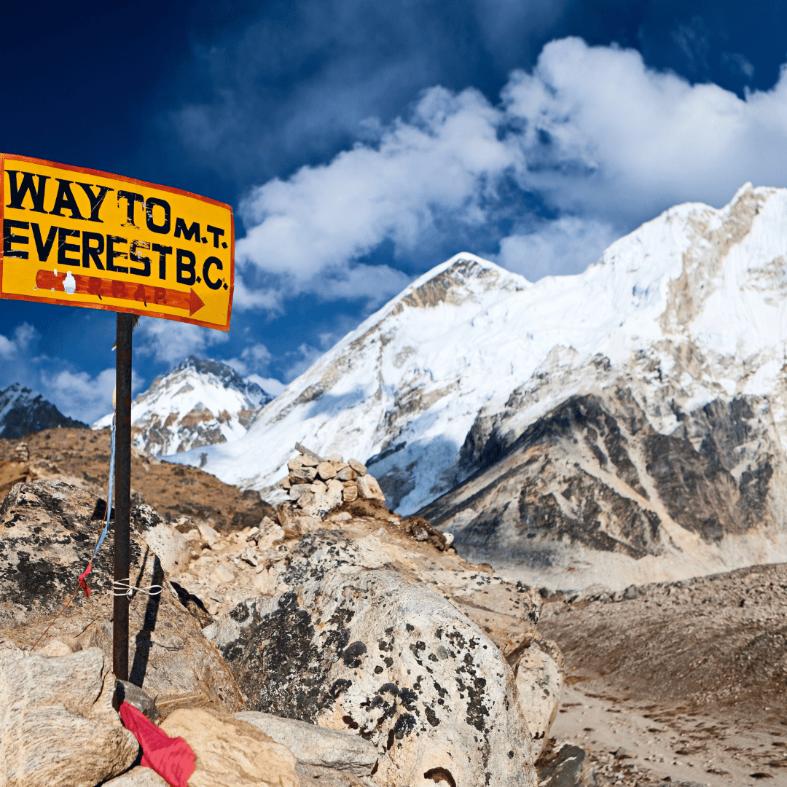
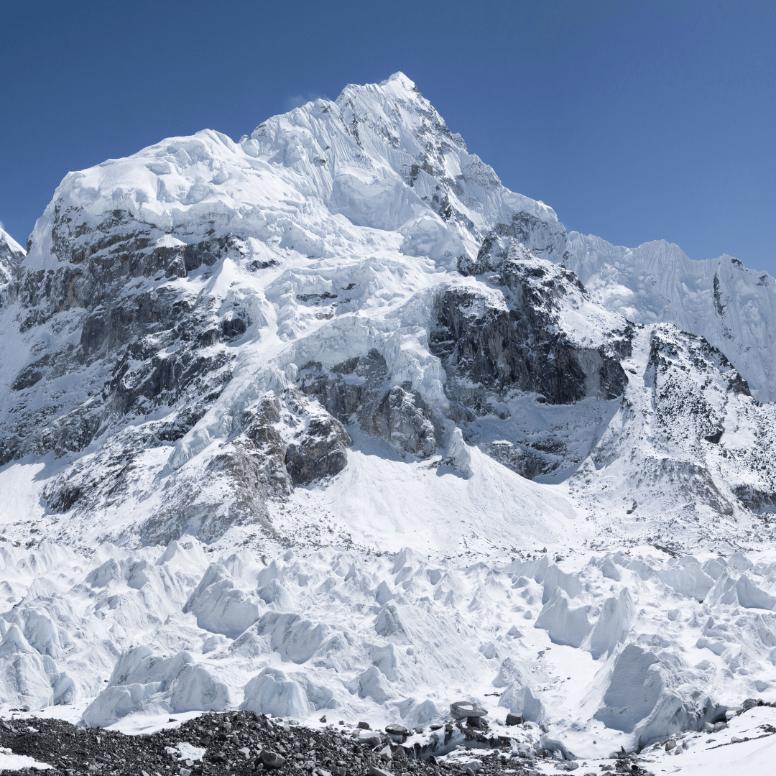
Challenges Faced by Climbers
An exploration of the various hazards and difficulties that climbers encounter on Mount Everest includes:
- Extreme weather conditions: Sudden storms, plummeting temperatures, and sustained winds of over 100 mph pose significant challenges to climbers.
- Treacherous terrain: The mountain’s steep slopes, icy surfaces present constant obstacles for those attempting to reach the summit.
- Effects of high altitude: Altitude sickness, also known as acute mountain sickness (AMS), can affect climbers due to reduced air pressure and lower oxygen levels at higher elevations.
- The “Death Zone” above 8,000 meters (26,000 feet) in elevation is a perilous area where the human body struggles to survive due to limited oxygen levels. Climbers face a high risk of frostbite, avalanches, and extreme fatigue in this zone.
Environmental Impact and Conservation
Mount Everest, despite its natural grandeur, has faced significant environmental issues due to human activities such as mountaineering tourism. The influx of climbers has led to concerns about the fragile ecosystem of the mountain and the need for sustainable practices to mitigate further damage. The commercialism and overcrowding have taken a toll on the pristine environment surrounding Mount Everest.
To address these environmental concerns, various measures have been implemented:
- Waste management initiatives have been put in place to tackle the littering and pollution caused by climbers.
- Regulations for climbers have been enforced to ensure that their activities do not harm the delicate ecological balance of the mountain.
These efforts aim to preserve the natural beauty and ecological integrity of Mount Everest for future generations.
Significant Ascents and Tragic Events
First Successful Ascent and Its Impact
One of the most important moments in the history of Everest exploration happened in 1953 when Edmund Hillary and Tenzing Norgay successfully reached the summit. This achievement was groundbreaking and changed the course of mountaineering forever. It captured the attention of people worldwide and paved the way for future expeditions.
Primary Routes and Their Challenges
Climbers have two main options when it comes to reaching the top of Everest:
- Southeast Nepal: This route starts from Nepal’s side and is known as the South Col Route. It is considered more accessible, but still poses significant challenges due to steep ice slopes, treacherous Khumbu Icefall, and unpredictable weather conditions.
- North Tibet: The second route begins from Tibet’s side and is called the North Col Route. It involves crossing challenging terrain like the rocky Changtse face and dealing with high-altitude winds.
Both these routes have seen numerous successful ascents as well as tragic incidents.
Triumphs and Tragedies on Everest
Mount Everest has been witness to a mix of extraordinary achievements and heartbreaking events. It’s a place where people have broken records, but also lost their lives. The mountain’s harsh conditions and unpredictable nature have left a lasting impact on those who attempt to conquer it.
The Attraction of Everest’s Height
Experienced mountaineers are constantly drawn towards Mount Everest because they want to challenge themselves against its towering peaks and see how far they can push their own limits. However, recent avalanches and fatalities serve as grim reminders of the dangers that come with such pursuits.
A Complex History Reflecting Human Spirit
The history of Mount Everest and the answer to where is Mount Everest is a combination of incredible accomplishments and heart-wrenching sacrifices. It represents humanity’s unyielding desire for exploration while also highlighting our vulnerability in the face of untamed forces.
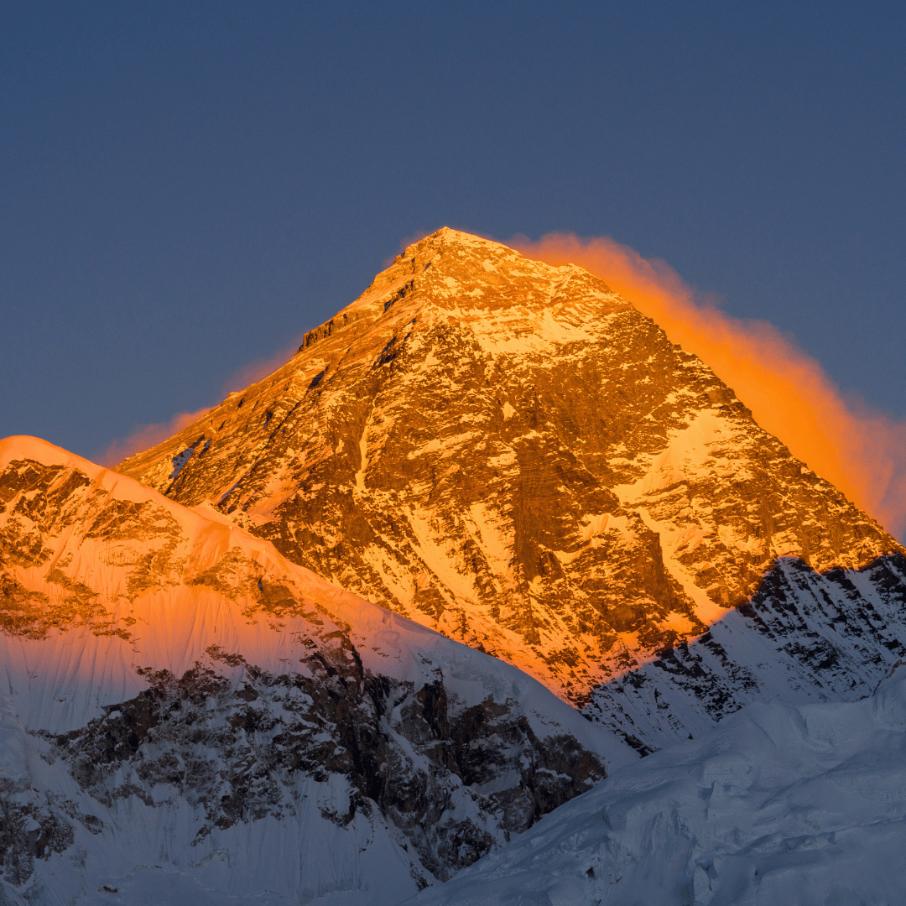
The Future of Mount Everest
Mount Everest is facing various challenges due to environmental changes and increased commercial activities. The recent announcement by China and Nepal, stating the new official height of Mount Everest as 8,848.86 meters (29,031.7 feet), reflects the mountain’s evolving significance in today’s world. Given these transformations, it is crucial to think about what lies ahead for Mount Everest and how we can protect it for the coming years.
Examining the Current State
- Mount Everest is currently dealing with several issues, including overcrowding, environmental damage, and the need for sustainable tourism practices.
- Striking a balance between preservation and the growing popularity of mountaineering and adventure tourism poses a major challenge for all those involved.
Proposed Strategies
- It is important to have sustainable tourism initiatives in place that minimize the impact of visitors on the environment while also ensuring that local communities benefit from responsible tourism practices.
- Enforcing regulations and guidelines for climbers, waste management, and infrastructure development can help reduce negative effects on Mount Everest’s delicate ecosystem.
Role of Scientific Research
- Continuous scientific research and monitoring efforts are vital to understanding the intricate workings of Mount Everest’s ecosystem.
- By gaining more knowledge about the mountain’s environmental patterns, we can come up with well-informed conservation strategies that address its unique issues.
In order to shape the future of Mount Everest, we must find a way to balance exploration, conservation, and responsible management. The combined efforts of governments, conservation groups, and the global mountaineering community are crucial to safeguarding this remarkable natural marvel for future generations.

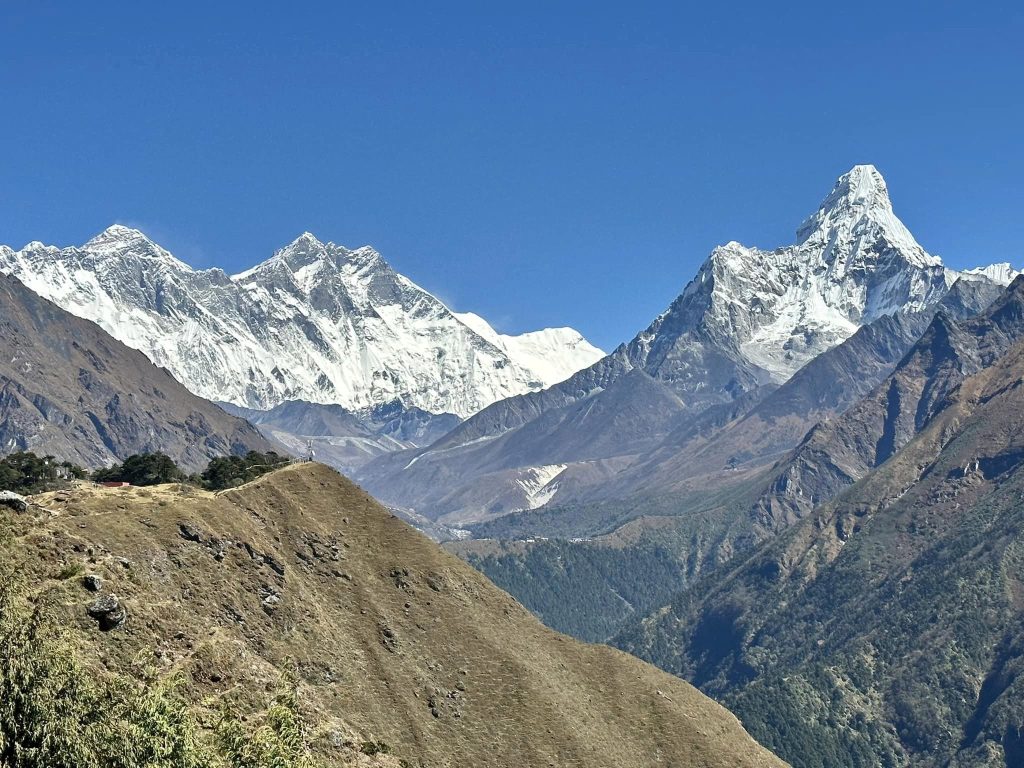
Conclusion
Mount Everest is a majestic natural wonder that has captivated the hearts and minds of many adventurers and explorers for centuries. It stands as a testament to the indomitable spirit of human curiosity and determination.
While we may never personally experience the thrill of standing atop its summit, we can still appreciate the beauty and grandeur of Mount Everest from afar. It serves as a reminder of the immense power and beauty of nature, as well as our own place within it.
However, it is important to remember that Mount Everest and its fragile ecosystem must be protected and preserved for future generations. The recent joint announcement by China and Nepal regarding the new official height of Mount Everest is a significant step towards recognizing its importance and promoting sustainable mountaineering practices.
As we continue to explore and discover more about this incredible mountain, let us do so with respect and reverence for its history, its people, and its environment.
Together, we can ensure that Mount Everest remains a symbol of human achievement without sacrificing its natural integrity. This thus, answers the question of where is Mount Everest.
Send an Enquiry
© 2024 - Himalayan Trekking and Tours (P) Ltd. All Rights Reserved.

